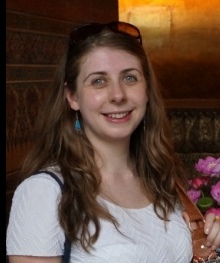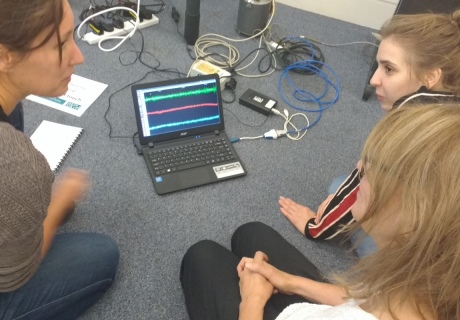ESE researchers set off to measure seismic activity in New Zealand

Research vessel R/V Marcus Langseth
ESE researchers are embarking on a project to deploy over 200 seismometers in New Zealand from today, to measure seismic activity.
 Dr Rebecca Bell of the Department of Earth Science and Engineering at Imperial College London will be embarking on a project to deploy over 200 seismometers in New Zealand from today, to measure seismic activity. The research project will image a fault which experiences “slow slip” earthquakes – where faults move slowly over time but don’t cause a large tremor.
Dr Rebecca Bell of the Department of Earth Science and Engineering at Imperial College London will be embarking on a project to deploy over 200 seismometers in New Zealand from today, to measure seismic activity. The research project will image a fault which experiences “slow slip” earthquakes – where faults move slowly over time but don’t cause a large tremor.
Joining Becky Bell will be researchers from New Zealand, Japan and the USA including Imperial College’s Prof Jo Morgan, Prof Mike Warner, as well as PhD students and a team of support staff.
The fieldwork involves three components: deploying 200 seismometers in a 30 x 15km area on shore, as well as the creation of sound waves offshore from the research vessel the R/V Marcus Langseth, and the deployment of ocean bottom seismometers offshore. The experiments are funded by NERC, NSF, GNS Science and JAMSTEC, Japan.
The sound waves produced by the ship will pass through the fault that undergoes slow slip and will be detected by the seismometers on the seabed and on land. The detection of these signals will allow the scientists to produce an image of what the subsurface and fault zone look like to better understand why slow slip happens.

The preparation for the trip involved learning how to use seismometers (above) from the NERC geophysical equipment facility, with help from Seis-UK, which was attended by academic staff, PhD students, and department technical support staff to train them for the deployment of seismometers for the project.
Follow NZ3D_FWI on Twitter and the project website for updates.
Article text (excluding photos or graphics) © Imperial College London.
Photos and graphics subject to third party copyright used with permission or © Imperial College London.
Reporter
Victoria Murphy
Institute of Global Health Innovation